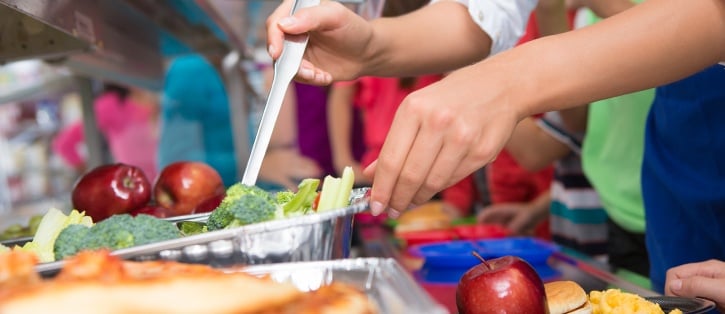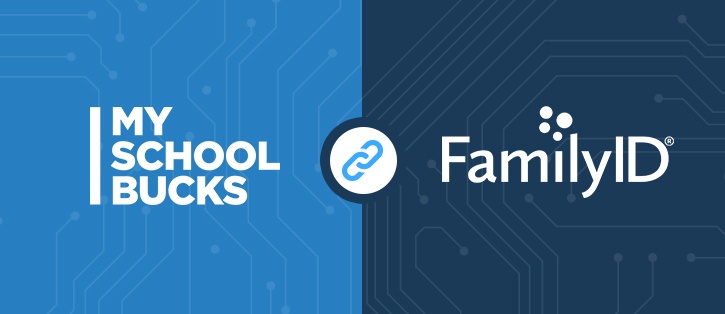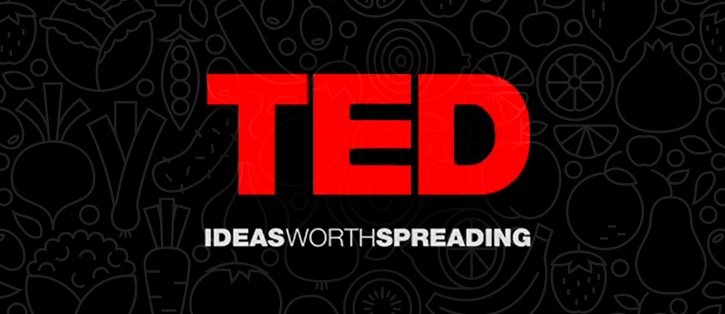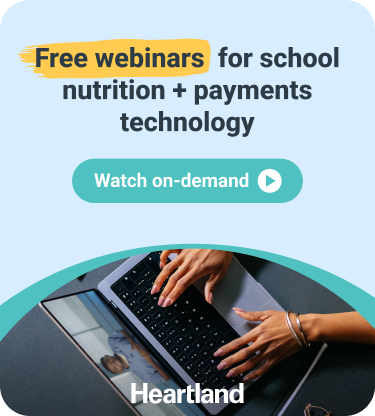The following post was written by Barry Sackin of Sackin & Associates.
Most have started – thinking, planning, and organizing for the 2017-2018 school year. It's never too early to begin organizing materials, student class enrollment, back to school kick off, student registration events, and fall programs.
Does student lunch participation come to mind? How do you plan to get more students involved in purchasing lunch? Do you consider the short lunch period – where cafeteria staff feel rushed to transact students and make sure they have time to eat?
Our research shows that for every student who submits cash or check payment, it can take up to 7 seconds for the transaction to complete.
What does that mean? 50 students could add 6 minutes to each lunch period. If those same students prepaid for their meals, more time can be spent making additional sales at your serving lines.
MySchoolBucks provides a library of supporting material to help promote its service to students and parents. Utilizing these FREE resources can help get the word out to parents, increase participation and speed up your serving lines!
Promotional materials are also available for School Store users. Promote a school event, apparel, tech fees and more! Create a custom flyer, add your own message and logo and have them sent directly to you.
To place an order or access any of these materials, be sure to visit MySchoolBucks Marketing Central.
Here at Heartland, our goal is to help make your life a little easier by providing innovative software and dedicated service – that goes not only for district staff, but for the parents in your communities as well.
To that end, we’re thrilled to announce that Heartland has chosen to partner with FamilyID, a leader in cloud-based registration platforms, which will streamline and simplify program registration and payments for parents and school administrators.
Those end-of-year events are sneaking up on schools with AP exams, proms, and graduation right around the corner. And what’s next?...summer programs! It can be a challenge to promote your summer programs when spring events and exams become a focus.
Many families start making summer plans early in the year to accommodate work schedules, vacation time, and other obligations. This means that creating a clear communication plan early on is the key to successfully promoting summer programs before school lets out for the summer.
Here are 5 tools to help get the word out and increase participation in summer programs at your district:
In the morning, school breakfast offers the necessary nutrition a student needs to thrive and grow in the classroom throughout the day. Across the county, districts have been adopting and growing their school breakfast programs.
We've rounded up our top 3 articles about school breakfast:
TED is a nonprofit organization that strives to spread ideas, spark curiosity, share information, and start conversations about topics that matter. Their short-form, powerful TED Talks cover a myriad of topics from technology to sociology and fine arts to nutrition.
In the spirit of sharing ideas, we've rounded up 5 inspirational, thought-provoking TED Talks that will get you talking about nutrition in schools:
Remember the first day you started using your new POS computers? Everything was shiny and clean, your POS system ran fast (or so we hope), and your pin pads worked perfectly. Now fast forward to today. Is that still the same story?
Meeting and connecting with other nutrition professionals is a great way to help develop and grow your career in school nutrition. After all, your peers are your best resource to learn new tips and skills, understand best practices, and share success stories. Here are a number of ways you can connect with other school nutrition professionals in your area:
Creating a Facebook page for your School Nutrition department is the perfect way to promote your program, connect with school nutrition professionals, and share the great work your program does on a daily basis. And there are some school's out there that are doing just that and more!
Here are 5 delicious school nutrition Facebook pages that you just have to see for yourself:
So you're thinking breakfast in the classroom might be the right breakfast service model for your school? Maybe you've noticed students don't have enough time in the morning to eat before class, or that some students are coming to school hungry and unable to focus. Breakfast in the classroom has helped schools across the country increase participation while ensuring that students are well-fed and ready to learn.
Here are 4 considerations to think about before starting breakfast in the classroom at your school:

















